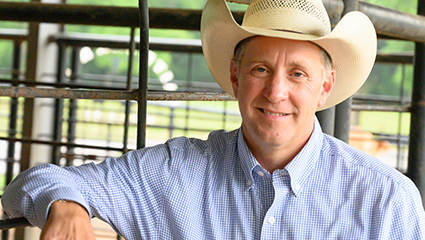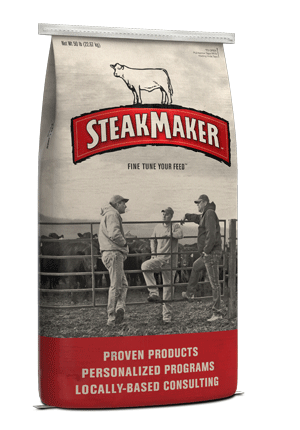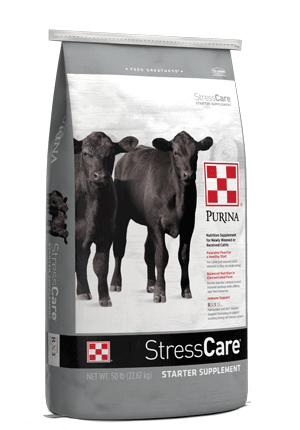
Brush up Your Cattle Body Condition Score Skills
Management : Cow & Calf
Management : Replacement
Nutrition : Supplements
Body condition scoring can tell you quite a bit about your cattle herd, and the results can be used to make important management decisions. Because the data captured is so vital, it’s good practice to recalibrate your body condition scoring skills.
Here are 10 tips to brush up your cattle body condition score (BCS) skills:
Does your nutrition program stack up? Find out with a Proof Pays feeding trial.
Here are 10 tips to brush up your cattle body condition score (BCS) skills:
1. Calculate the percentage of each body condition score in your cattle herd.
For example, 23 cows in a 115-cow herd with a 5 body condition score equals 20 percent of the herd. However, do most cows fall between 4.5 and 6 BCS, or are the majority between 3.5 and 7? Both situations result in roughly the same average score (5 BCS), but they tell different stories of herd performance.2. Score your cattle on a regular basis.
There are three key times to collect scores: 60 days before calving, at calving/pre-breeding, and at weaning. It’s most important to score 60 days before calving because the condition in which a cow calves impacts how quickly she will return to estrus.3. Get another perspective.
If you see your cows every day, it’s difficult to notice if they’re losing weight, so have someone else look at your cows occasionally. It’s also helpful to have multiple people scoring to cross-check. Keep a body condition scoring guide handy to recalibrate.4. Write body condition scores down.
Written records help identify trends, especially in groups with a consistent body condition score. A simple chart on a notebook page can work well. Down the left column list the possible scores (1 to 9), including half scores. As you evaluate the herd, put an X in the row corresponding to the animal’s BCS. This format makes it easy to quickly tally across the row and calculate the percentage of the herd at each score.5. Capture a representative sample of your herd.
Aim to score 60 to 65 percent of cows for a holistic picture of the herd. Larger range or challenging environments may prove difficult to achieve this percentage. In those situations, use known cattle patterns to your advantage. For instance, score at the time of day you know cattle visit a water source or when you might expect them behind a wind break.6. Don’t forget to include the date and conditions.
Date your scoresheet and make note of the weather conditions on the day you body condition score. You’re more inclined to score higher on a bright, sunny day than on a cloudy, overcast day. These notes can provide additional insights as you compare datasets.7. Focus on young and old cows.
Young cows and older cows serve as a good barometer for the herd. They’re often the first to show visual change with any environmental, management or nutritional challenges. Keeping close tabs on these early indicator groups and making necessary adjustments can help avoid a whole-herd impact.8. Pictures can’t tell the full story.
Taking pictures of cows on your cell phone can be a handy way to monitor body condition score, but beware of shadows that can make it difficult to accurately score. You’ll be able to tell a BCS 4 from a 6, but it’s harder to distinguish a BCS 5 from a 5.5. It’s particularly challenging to tell differences in photos on mostly black cattle.9. Maximize your time spent observing.
While in the pasture, observe other management factors. Do you need additional fly control? Are mineral feeders full? Should you move a feeder to move cattle into an underused pasture area?10. Act on the data.
Forage quality and quantity change as seasons change, but body condition should remain steady. If you’re seeing a shift toward a lower body condition score or suspect a shift could happen soon, it’s time to look at cattle supplements. Cattle supplements with intake control properties can provide energy to complement your forage and maintain cow body condition through all seasons.Does your nutrition program stack up? Find out with a Proof Pays feeding trial.


.png?width=300&height=430&ext=.png)


